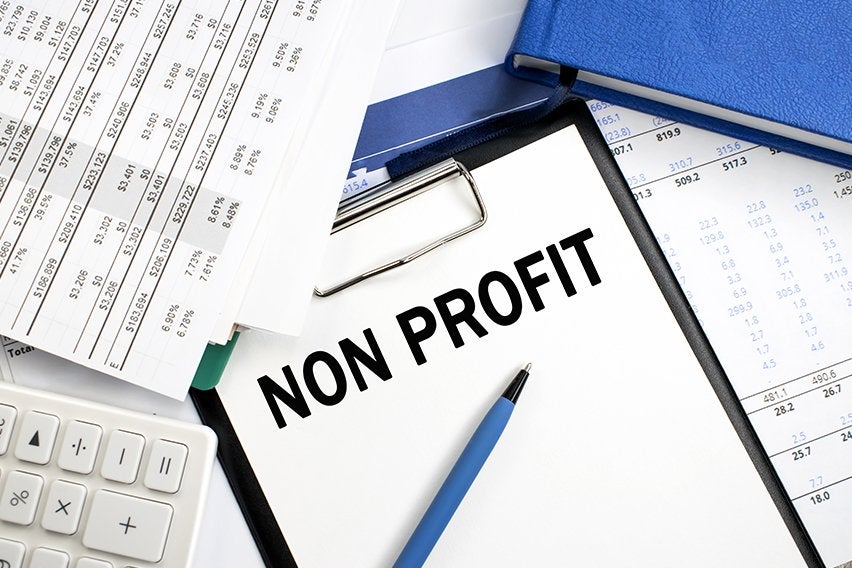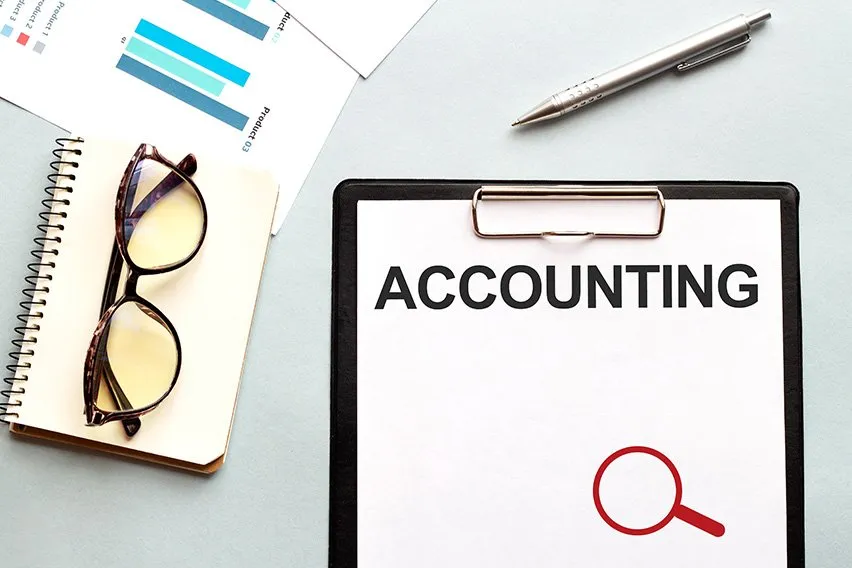Daycare Accounting: Manage Business Finances in 9 Steps

Starting a daycare center requires a love of kids, a lot of patience, and even more responsibility. But once you get your daycare off the ground, it can be one of the most fulfilling businesses to own. It’s just a matter of keeping your families coming back and staying on top of your accounting.
But what if you do if you don’t have an accounting degree and numbers leave your head spinning? Fortunately, doing accounting for your childcare business is easier than you may think. It simply takes the right tools and a repeatable process to make managing your books a breeze.
In this guide, we’re covering how to manage your bookkeeping and accounting like a pro so you can spend less time in the spreadsheets and more time doing what you love.
Table of Contents
- Introduction to Daycare Business Accounting
- Set up a Bank Account for Your Daycare Business
- Track Your Expenses
- Establish a Bookkeeping System
- Monitor Your Income
- Reconcile Your Transactions
- Pay Quarterly Estimated Taxes
- Send and Manage Your Invoices
- Calculate Gross Margin
- Hire a Professional Accountant (Optional)
- Bottom Line
Introduction to Daycare Business Accounting
Some childcare providers start out getting paid “under the table,” but this method simply doesn’t cut it if you plan to run a professional daycare center. You need an accurate, streamlined accounting system so you can stay on top of your income, expenses, and taxes.
Fortunately, most daycares provide a singular service of watching kiddos during the day, which makes managing your transactions a bit easier. Daycare accounting will allow you to track your revenue, view your business financials at a glance, and stay on top of your tax obligations.
In a nutshell, business accounting helps you understand what’s going on with your business financially. When you have a realistic view of your numbers, you’re more prepared when it comes time to implement changes in your business. You’ll want to increase your profits and have confidence knowing your business is thriving.

1. Set up a Bank Account for Your Daycare Business
Many business owners make the mistake of using their personal bank account for their business, but this can lead to confusion and costly accounting errors.
Limited liability companies (LLCs), partnerships, and corporations are legally required to have a separate bank account for business. Sole proprietors aren’t legally required to use a separate account, but it’s highly recommended.
You can go to most banks or credit unions and ask what they offer in terms of business bank accounts. In order to set up a business checking account, you will need:
- Personal identification, such as a driver’s license or passport
- Business license with the name of your business and the owner’s name(s)
- Social security number or employer identification number (EIN)
- Organizing documents filed with the state
- Monthly credit card revenue (if available)
Once set up, you will use your business bank account to hold your business revenue, cover operating costs, and allocate tax money. Some business owners decide to use several bank accounts for each of these tasks, as this helps keep your funds organized.
2. Track Your Expenses
Effective and accurate expense tracking is at the foundation of your small business bookkeeping. By using Expense tracking, you can keep track of daycare business tax-deductible expenses, create accurate financial reports, monitor the growth of your business, and make smarter financial decisions.
First, create a system for organizing your receipts and other expense records. This may involve the use of spreadsheets or a written record, or employing the use of convenient accounting software. It’s a good habit to track every expense so you can keep an eye out for discrepancies and ensure that your business is always “in the black.”
The most common childcare business expenses include:
- Leasing a space
- Business licensing fees
- Education and training
- Payroll
- Indoor and outdoor play equipment
- Art supplies
- Toys
- Childcare supplies (like diapers and wipes)
- Cleaning supplies
- Snacks
- Transportation (optional)
Starting a home child care business is a great way to keep overhead low and you can qualify for some money-saving tax breaks. You can deduct the portion of your home that’s used for your daycare business, plus your home internet, cell phone, and vehicle (if used for business purposes).
3. Establish a Bookkeeping System
It may seem like there is a steep learning curve to mastering your small business accounting, but rest assured it gets easier as you go along. The best way to take the stress out of your accounting is to establish a bookkeeping system early on.
First, you’ll need to determine how you want to manage your books. You have a few methods to choose from, including:
- Do-it-yourself (DIY) using a written log or spreadsheets (like Excel) to track revenue, log expenses, and calculate estimated taxes. For guidance refer to our post on How to do Bookkeeping in Excel.
- Employ the use of automated self employed accounting software like FreshBooks to send online invoices, track payments, monitor expenses, generate financial reports, and more
- Hire an outsourced bookkeeper who is either local or available online
- Hire an in-house bookkeeper and/or accountant to manage your business financials full-time
The main downside of the DIY method is that it can be quite tedious, while hiring help can be expensive if you’re just starting out.
Using affordable accounting software to manage your finances professionally is recommended—without the high costs of hiring a professional bookkeeper.
4. Monitor Your Income
As a child care provider, you’ll likely be paid upfront for your services. This makes it unlikely that you will run into cash flow issues unless you have a significant amount of expenses. Your goal should always be to generate enough revenue to cover your business expenses, payroll, and taxes.
Keeping track of all of these numbers for your child care center isn’t always easy, which is why you’ll want to have an organized accounting system. With the help of daycare accounting software or a professional accountant, you can generate accurate financial reports so you know where your business stands at all times.
Keeping track of revenue coming in and expenses going out will help you make important financial decisions—from how much to charge for daycare and how to limit your expenses to whether you need to hire additional help.
5. Reconcile Your Transactions
Every month your bank will send you a statement that includes your business revenue and expenses.
You will want to reconcile these transactions with what you have in your accounting software so you can take note of and address any discrepancies.
Reconciling your business transactions involves:
- Looking for discrepancies between your bank statements and your receipts
- Checking your monthly account balance
- Calculating total revenue and expenses
- Contacting your bank and/or accountant to discuss any errors
6. Pay Quarterly Estimated Taxes
It’s recommended that you pay estimated quarterly taxes throughout the year to avoid any surprises come tax time.
With the help of your accounting software and/or an accountant, you can estimate how much you owe and pay on a quarterly basis instead of as one lump some at the end of the year. Knowing your taxes are covered will give you peace of mind.
You can pay your estimated quarterly taxes through a variety of methods, including:
- Signing up for the Electronic Federal Tax Payment System (EFTPS) online
- Paying online via the IRS website
- Paying using debit or credit card
- Sending a check or money order by mail to the IRS
Your tax rate will depend on your state but, in general, your taxes are based on a percentage of your profits (revenue-operating expenses). When you have a streamlined accounting system in place, you can easily determine your revenue, expenses, profit, payroll, and estimated taxes.
Need help? If so, it might make sense to hire a professional accountant or tax preparer. They will help you estimate your tax payments, get set up with the right payment method, resolve issues, prepare your tax return, and otherwise make paying your taxes a stress-free process.
7. Send and Manage Your Invoices
While you love what you do, getting paid for your hard work is also a benefit of being a child care business owner. To get paid for your childcare services, you need a way to send detailed, professional invoices.
You can get started with a simple daycare invoice template or step it up with automated invoicing software. Creating invoices from scratch can be tedious, but invoicing software allows you to send invoices online, monitor payment status, send automated reminders, and much more.
You’ll be glad that you’re using software when it comes time to reconcile your accounts, check your total profits, and estimate your tax obligations.
You’ll have all of the information, expense receipts, paid invoices, etc. in one place. Simply log into your account, select “Create an Invoice,” add your client information and pricing, and click “Send.”
The right invoicing software can make sending invoices a breeze. You can typically send invoices via email, see your business financial statements at a glance and get a better idea of how your daycare center is managing financially.
Your chosen software will provide detailed financial statements so you have everything you need come tax time.
8. Calculate Gross Margin
Improving your daycare’s gross margin is one of the first steps in increasing your income overall.
To calculate your gross margin, you need to know the total costs involved in providing your service—your cost of goods sold (COGS). You will also need to know your total sales revenue.
Here’s how to calculate gross margin:
Gross margin (%) = (revenue – COGS) / revenue
Knowing your gross margin will help you determine whether your daycare center is thriving, just getting by, or operating at a loss.
This is essential information because then you know whether you need to implement changes to increase your profits. For example, you may need to increase your prices, attract more clients, or minimize your expenses.
For more help, read our guide on How to Calculate Gross Profit Margin.
9. Hire a Professional Accountant (Optional)
While it’s certainly possible to do your daycare accounting on your own, as with the right software, the entire process is made much easier by hiring a professional accountant.
They will be able to set up your accounting system, reconcile your accounts, estimate taxes for you, and otherwise offer consulting on how to master your business finances.
If your business is growing—or you’re planning on growing in the near future—hiring an accountant now can save you a lot of stress when it comes time to manage a higher number of transactions.
Working with a professional may end up being the more affordable option when you consider how much you might save by maximizing your tax deductions and avoiding costly mistakes.
In hiring an accountant, you get:
- Someone to set you up with the perfect accounting software for your business
- The ability to ask questions to better understand the financial health of your business
- A professional who is able to identify any accounting problems and resolve issues you might not have noticed
- Reassurance that your daycare accounting is being done properly so you can avoid any issues come tax time
- Someone to advise you on how to improve your existing system and/or better plan for the future
- Accurate, easy-to-understand reports every single month

Bottom Line
Running a daycare business comes with many responsibilities, and accounting is one of them. While it’s easy to get intimidated by the numbers, the good news is that there is helpful software, tools, and tips that make managing your finances even easier.
First, start by separating your personal and business financials, then establish a consistent accounting process. You can do with on your own or with the help of a professional accountant.
Online accounting software allows you to manage all of your bookkeeping in one place—from creating invoices and sending reminders to clients to seeing your business financials at a glance.
You have everything you need to manage your child care accounting like a pro. Now, feel empowered to make smart financial decisions in your business and scale your daycare to that next level of success.
RELATED ARTICLES

 Accounting Basics for Photography Business Owners
Accounting Basics for Photography Business Owners Real Estate Accounting: A Complete Guide for 2025
Real Estate Accounting: A Complete Guide for 2025 Accounting and Bookkeeping for Your Cleaning Business (Easy 10 Steps)
Accounting and Bookkeeping for Your Cleaning Business (Easy 10 Steps) Construction Accounting: Ultimate Guide for Contractors
Construction Accounting: Ultimate Guide for Contractors Nonprofit Accounting: A Complete Guide with Best Practices
Nonprofit Accounting: A Complete Guide with Best Practices Why is Accounting Important?
Why is Accounting Important?